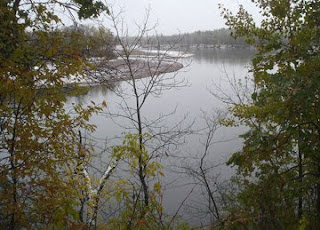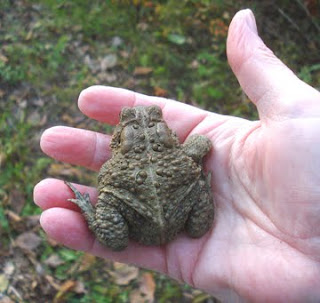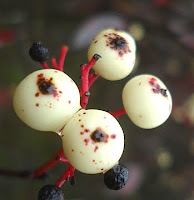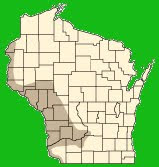I recently bought a dashboard navigation system.
I wanted something I could use in the Prius - and also take in the field (to keep track of our wildlife sightings). I'd been taking my time, shopping around and trying out the Garmin and Magellan models at the Best Buy in Eau Claire. I finally settled on a Garmin Nuvi 255W with a portable friction mount.
The weather team at WCCO promised no rain today (in this near record-setting wet month). I decided to pop my Garmin into its little cradle and test it out on a trip down to Alma. I also wanted to check on the Tundra Swans.
I spent about 10 minutes in the driveway, reading the Garmin "quick start manual." I turned on the device, and clicked "agree" at the bottom of the screen warning: I will not "make adjustments while driving." (duh).
My first big surprise came when I typed in my "home" address. No such number. It's one of those things about rural living - my street address isn't in the modern gizmo record system. The best it could give me was two houses away. Okay, I'll take that.
Then I clicked on the "where to?" icon and scrolled down to "points of interest," then "attractions," "park/garden," and, since Rieck's Lake Park was not listed, I clicked on "Buena Vista Park" (erroneously listed as being on Bueno Vistard Road).
The Nuvi was magic! Imagine a front seat companion who, without prompting, voices directions 0.2 mile before you need to make a turn. I can't get my husband to do that.
When I turned left at the sign for Rieck's Lake Park and disobeyed the disembodied voice, she didn't get huffy. She patiently readjusted.
I parked at the deck, and took got out to take a look at the ducks, Canada Geese, coots, and the lone White Pelican (who didn't leave with the group we spotted 2 weeks ago). No swans. It was too dark and windy to enjoy the wildlife, so we got back in the car and headed up to Buena Vista Park - to watch migrating eagles.
It was 48-degrees, but the wind (from the west) was wicked. Perfect for raptors. All the way down the River, we spotted eagles and hawks along the bluffs. We lasted only about 15 minutes at the overlook, but in that short time we spotted at least 30 eagles heading down River. Most were way up high, some of them just specks in the sky. If you're interested in learning how to identify those specks, visit the Hawk Migration Association of North America website and down load a copy of their free ID chart.
We caught not one, but two (!) pairs doing their locked talons, tumbling routine.
We caught not one, but two (!) pairs doing their locked talons, tumbling routine.
winds from the west = streaming eagles



































